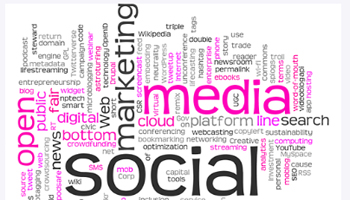Brand Safety
Brand safety is the way companies safeguard their reputations, messaging, and integrity while advertising online.
Updated: October 17, 2023

Brand safety is the way companies safeguard their reputations, messaging, and integrity while advertising online. Advertisements are placed next to websites, videos, articles, podcasts, and social media posts that contradict the the identity of brand and misconstrue the intention of the advertisement, to achieve this.
Brand protection software is used by many organizations to manage online information about their products and services. Online product and pricing details are analyzed by these tools to ensure accurate information and comply with corporate standards.
Ad ROI and the overall customer experience can be improved by brand safety. It can also help control the reputation of a brand, good editorial placement makes for better ads and better user experience. Content that are harmful to the reputation of a brand can be avoided by brand safety.
You need to be proactive and transparent for proper brand safety. Companies should define brand safety, get the data, go premium, use exclusions and avoid blacklisted publishers, consider third-party verification, avoid the 'dirty dozen' and utilize native advertising are some of the measures that can be taken by advertisers to ensure their brand is safe. Military conflict, drugs, tobacco, adult, arms, crime, obscenity, death or injury, online piracy, hate speech, terrorism, spam and harmful sites, and fake news are included in 'dirty dozen'.
Benefits of brand safety
- Brand Reputation Protection
- Audience Trust
- Ad Effectiveness
- Compliance and Ethics
- Targeted Advertising
- Consistency
- Reduced Negative Publicity
- Consumer Loyalty
- Data Privacy Compliance
- Content Quality
- Optimized Media Spend
- Cross-Channel Consistency
- Crisis Mitigation
- Improved User Experience
- Competitive Advantage



